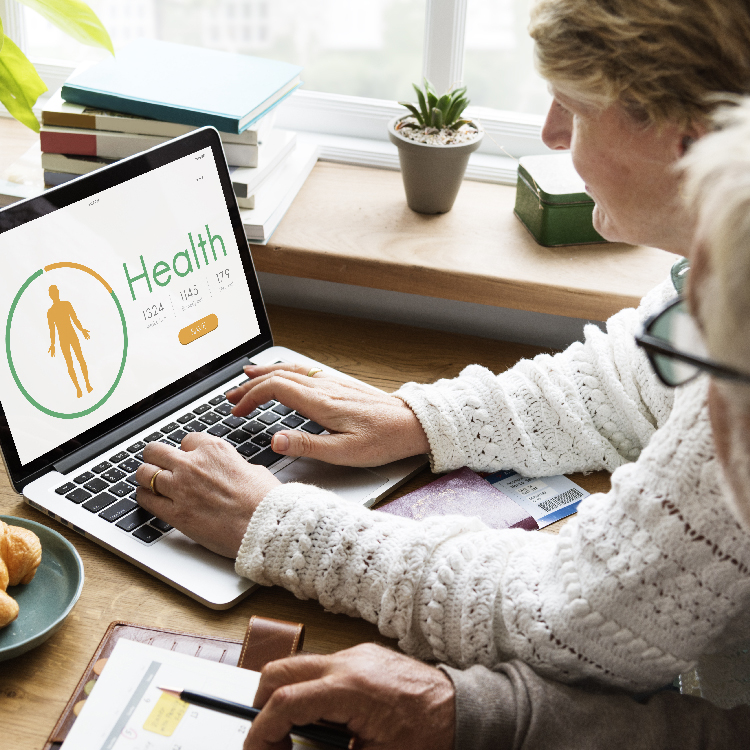Do you interested to find 'bmi case study'? Here you can find the questions and answers on the subject.
Table of contents
- Bmi case study in 2021
- Morbid obesity case study
- Obesity case study pdf
- Case study on obesity in america
- Obesity case presentation ppt
- Weight loss case study examples
- Obesity case study nursing
- Childhood obesity case study examples
Bmi case study in 2021
 This picture illustrates bmi case study.
This picture illustrates bmi case study.
Morbid obesity case study
 This picture demonstrates Morbid obesity case study.
This picture demonstrates Morbid obesity case study.
Obesity case study pdf
 This picture demonstrates Obesity case study pdf.
This picture demonstrates Obesity case study pdf.
Case study on obesity in america
 This picture illustrates Case study on obesity in america.
This picture illustrates Case study on obesity in america.
Obesity case presentation ppt
 This image illustrates Obesity case presentation ppt.
This image illustrates Obesity case presentation ppt.
Weight loss case study examples
 This image shows Weight loss case study examples.
This image shows Weight loss case study examples.
Obesity case study nursing
 This image shows Obesity case study nursing.
This image shows Obesity case study nursing.
Childhood obesity case study examples
 This image shows Childhood obesity case study examples.
This image shows Childhood obesity case study examples.
How do you calculate your BMI for yourself?
If you don’t know your BMI, you can use a BMI calculator available online, including this one at Harvard Health Publishing. All you need is your height and weight. Or, you can calculate it yourself, using this formula: BMI = (weight in pounds x 703) / (height in inches x height in inches).
When does the body mass index ( BMI ) matter?
A person is considered underweight if the BMI is less than 18.5. As with most measures of health, BMI is not a perfect test. For example, results can be thrown off by pregnancy or high muscle mass, and it may not be a good measure of health for children or the elderly. So then, why does BMI matter?
Is there a link between mortality and BMI?
Lastly, current evidence indicates there is a wide range of BMIs over which mortality risk is modest, and this is age related. All of these issues are discussed in this brief review.
Is the BMI a good measure of cardiovascular health?
Actually, this should come as no surprise. BMI, as a single measure, would not be expected to identify cardiovascular health or illness; the same is true for cholesterol, blood sugar, or blood pressure as a single measure. And while cardiovascular health is important, it’s not the only measure of health!
Last Update: Oct 2021
Leave a reply
Comments
Hollen
19.10.2021 12:16Case study: ability to image high bmi patients university of kansas medical centrist 43 yo. R and bmi to betoken percentage negative opioid screens, is A finding that would set the poin for personalising discussion intensities and durations.